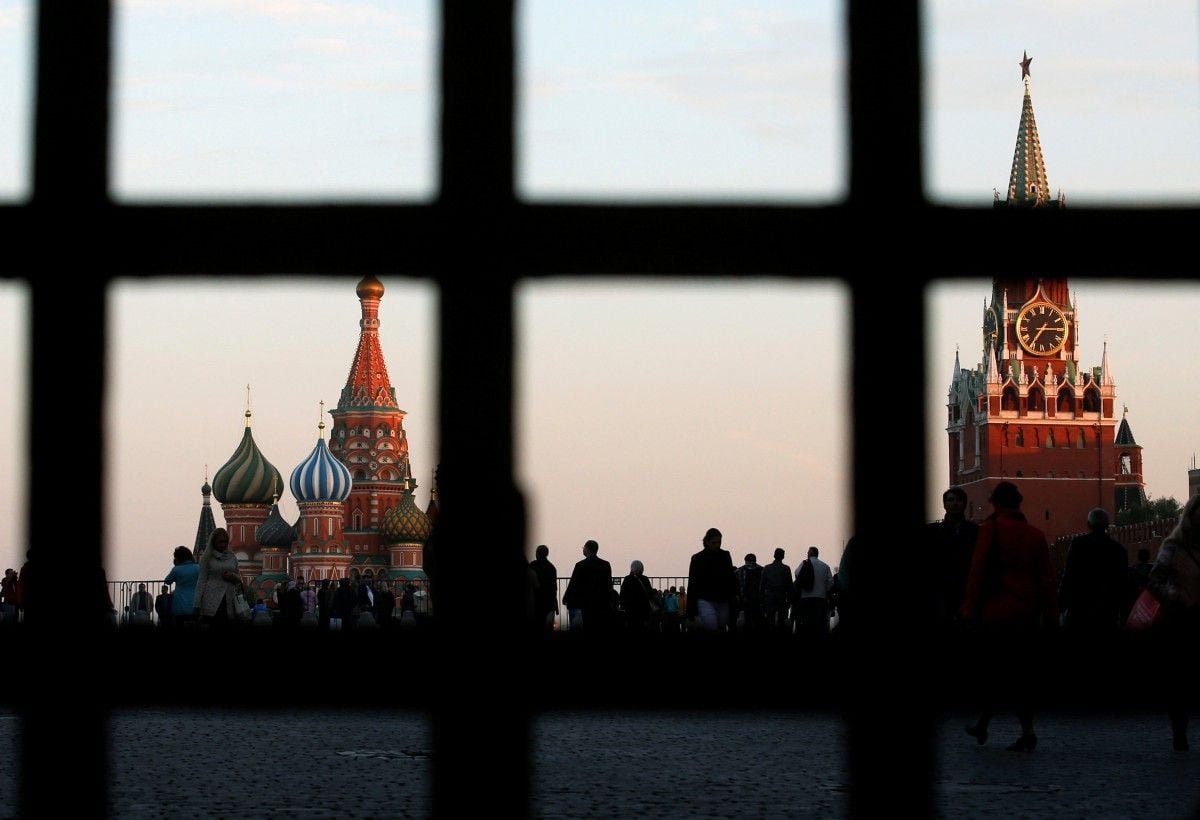
The U.S. Treasury offered further explanation of the way it developed a list of business and political figures that it said were close to Russian President Vladimir Putin, seeking to defend itself against criticism that the process was hasty or superficial.
The department late Monday identified 210 billionaires and top officials -- so-called oligarchs -- in a sweeping list required under bipartisan legislation passed last summer, Bloomberg reports.
Democrats in Congress complained that the report was not accompanied by fresh American sanctions to punish Russia for its alleged interference in the 2016 election, with one calling the report a “copy-and-paste” job after the Treasury said it was based on a Forbes magazine list of wealthy Russians.
Read alsoChiefs of three Russian intelligence agencies travel to Washington – mediaThere has been “widespread misreporting” of Treasury’s response, Tony Sayegh, the department’s assistant secretary for public affairs, said in a statement on Wednesday. He reiterated Secretary Steven Mnuchin’s statements earlier this week that “there will be sanctions that come out of this.”
“Treasury has made it clear that we are focused on countering Russia’s destabilizing activities,” Sayegh said.
“Treasury included a classified annex in the report in order to avoid potential asset flight from the named individuals and entities, as well as to prevent disclosure of sensitive information,” he added.
As UNIAN reported earlier, the U.S. Treasury released the so-called "Kremlin report", a list of persons close to Vladimir Putin, against whom sanctions can be imposed. The list includes 210 people. Among them are all members of the Russian government, the staff of Putin's administration, other high-ranking political leaders, and oligarchs.
The Treasury clarified that the report in itself was not a sanctions list.

